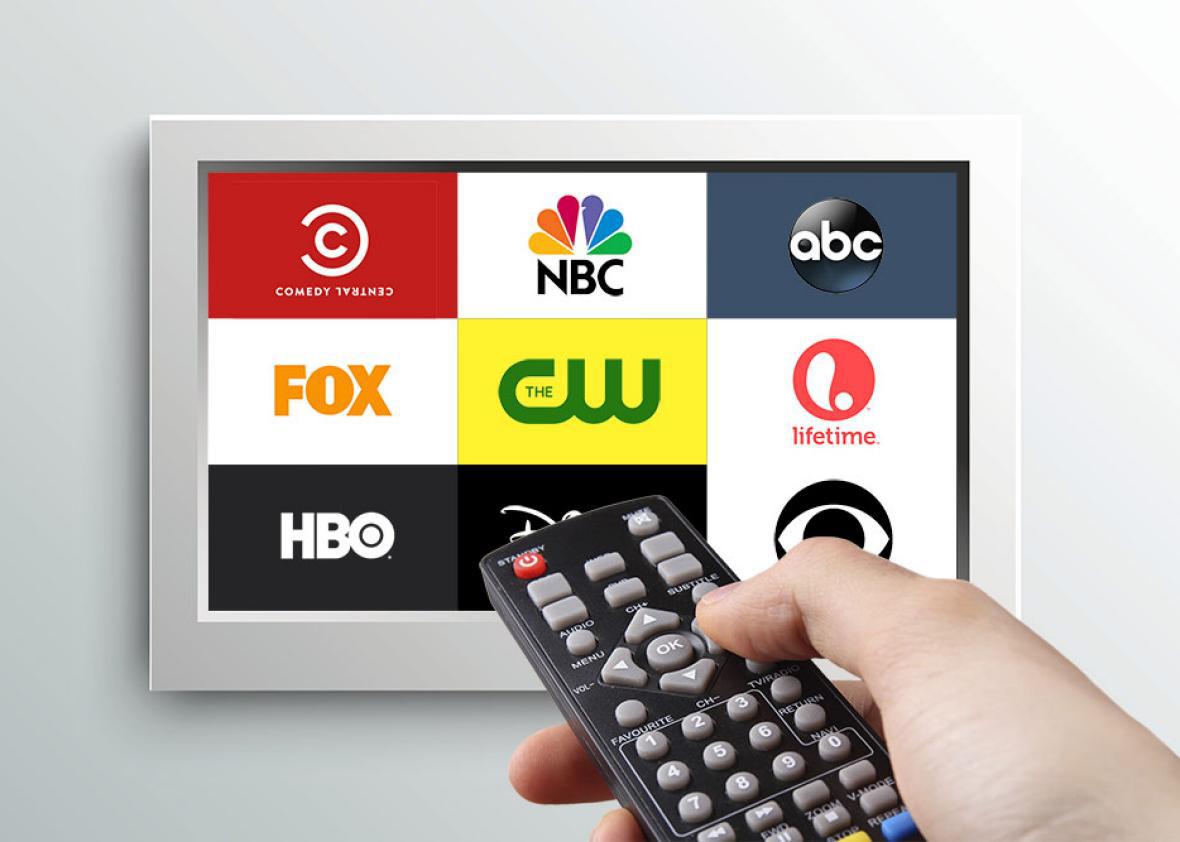Apollo Group Tv - Truths
Apollo Group Tv - Truths
Blog Article
More About Apollo Group Tv
Table of ContentsNot known Incorrect Statements About Apollo Group Tv The Facts About Apollo Group Tv UncoveredThe Best Strategy To Use For Apollo Group TvApollo Group Tv for Dummies
In this situation, instead of having three-minute commercial spots during a 30-minute tv program, television shows may change to one where a consumer will be required to have a regular monthly membership, to ensure that they cen sight targeted banner ads. This kind of marketing already happens online, and the quantity of data tv firms accumulate permits them to do much the same.Explain the impact of sponsors on program content. Explain the major patterns amongst the broadcasting and cable television networks. When tv remained in its early stage, manufacturers designed the brand-new medium on radio. Popular radio shows such as police dramatization Dragnet and western cowboy series Gunsmoke were adapted for tv, and brand-new television programs were funded by solitary marketers, simply as radio shows had actually been.
Today, the tv market is far much more complex. Programs are sponsored by multiple advertisers; programs is managed by significant media conglomerates; and the 3 major networks no more control the airwaves but rather share their viewers with numerous cord channels. Several aspects make up these fads within the industry, including technological growths, federal government policies, and the production of brand-new networks.

3 Simple Techniques For Apollo Group Tv
Developed in 1969, (PBS) created out of a report by the Carnegie Compensation on Educational Tv, which examined the function of academic, noncommercial tv on culture. Public television was also meant to give global access to tv for customers in country locations or audiences that can not afford to pay for private television services.
The duration in between 1950 and 1970 is traditionally identified as the. Aside from a little part of airtime managed by public tv, the 3 significant networks (referred to as the Big Three) dominated the television market, collectively representing greater than 95 percent of prime-time watching. In 1986, Rupert Murdoch, the head of international business Information Corp, released the Fox network, testing the prominence of the Big 3.
Targeting young and minority target markets with programs such as Buffy the Vampire Slayer, Moesha, Dawson's Creek, and The Wayans Bros., the new networks really hoped to draw stations away from their old network affiliations. Rather than repeating the success of Fox, UPN and WB struggled to make an impact. Incapable to bring in several associate terminals, both new networks got to fewer homes than their larger rivals due to the fact that they were inaccessible in some this page smaller sized cities.
This decision paved the way for the growth of wire motion picture channels, contributing to the exponential development of cord in the 1980s and 1990s. apollo tv group. Additional deregulation of cord in the 1984 Cord Communications Plan Act removed limitations on cable television prices, making it possible for drivers to charge what they desired for cord services as long as there worked competitors to the solution (a requirement that over 90 percent of all cable markets can satisfy)
Our Apollo Group Tv Ideas

Having actually developed the initial "superstation," Turner expanded his realm by founding 24-hour news network CNN in 1980. At the end of the year, 28 national programs services were offered, and the wire change had actually started. Over the following years, the sector underwent a period of rapid growth and appeal, and by 1994 viewers could select from 94 basic and 20 premium cord services.
Figure 9 - https://www.avitop.com/cs/members/apollogtv01.aspx.16 Increased competition from cord networks has triggered a constant decline in the networks' target market rankings. During the 1950s, the expense of creating a solitary tv show enhanced as programs came to be much longer and production costs skyrocketed. Sponsorship on network tv changed from solitary sponsorship, in which a program was entirely supported and created by one marketer, to numerous sponsorship, in which marketers acquired 1- or 2-minute spots on the show
Pick one of the Big 4 networks and publish out its once a week shows routine. Enjoy the network's prime-time programs over the program of a week, keeping in mind the target demographic for each show.
The 9-Minute Rule for Apollo Group Tv

Linear TV, typically described as typical program television, encompasses cable television and satellite television. It's called "direct" since web content adheres to a predetermined programming schedule, unlike on-demand content which the private audience decides to view based on their own preferences and schedule. So, when you ask, "What is linear TV?", think about it as the classic means of watching television that has actually been around for years.
Report this page